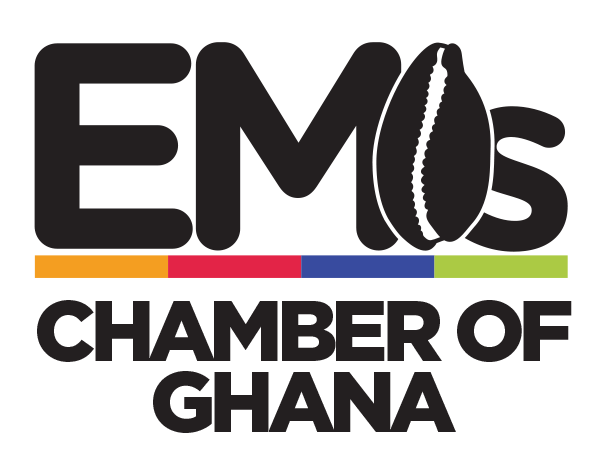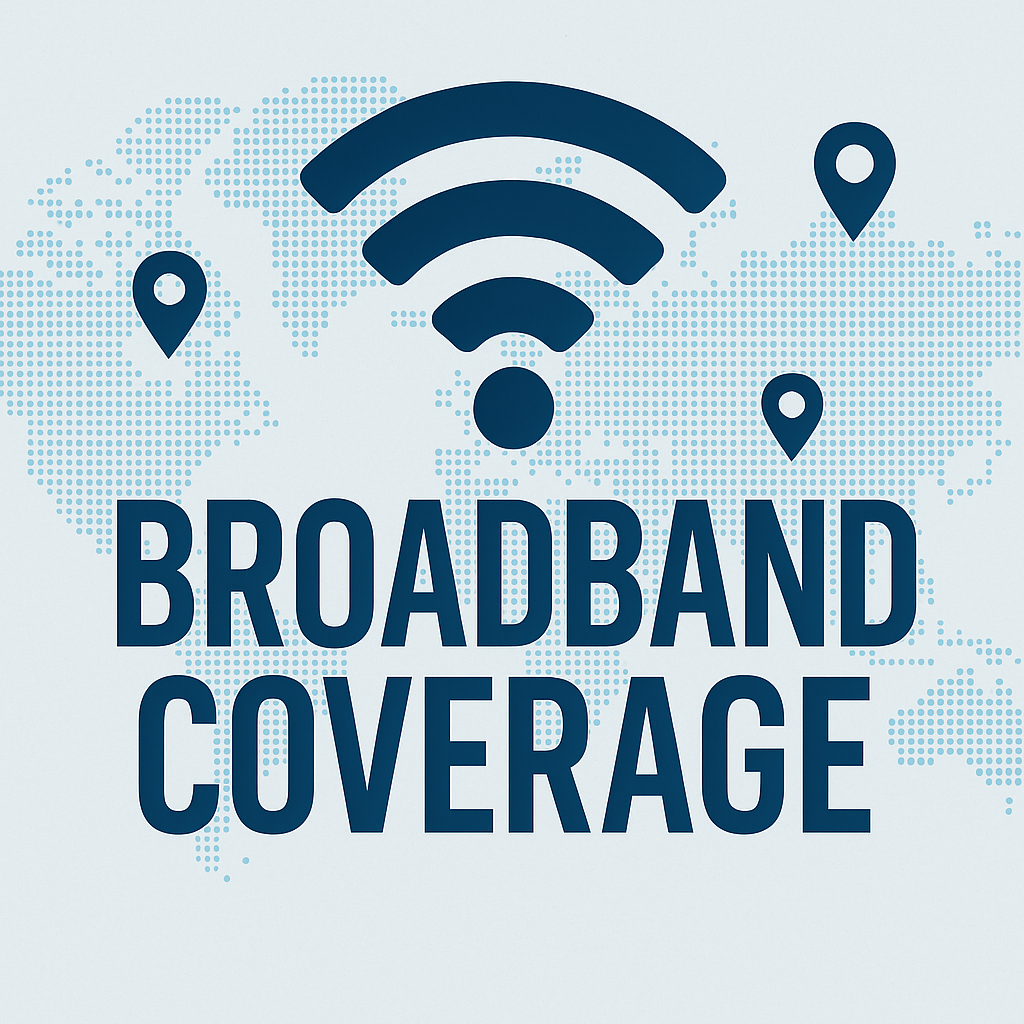Without the internet, there is no digital economy on the continent. Since 2015, adoption of the service has grown strongly, but not yet fast enough to achieve universal coverage.
In 2024, only 38% of the African population will use the internet, the lowest rate of any International Telecommunication Union (ITU) region and significantly below the global average of 68%. Mobile broadband largely dominates internet access on the continent. However, with 52 subscriptions per 100 inhabitants, Africa is far from the global average of 95 subscriptions. This is the lowest rate of any region, but growth is underway: between 2015 and 2023, the subscription rate increased from 20% to 52% (+160%). This progress, however, masks marked disparities. While countries like Mauritius, South Africa, and Eswatini have over 100 subscriptions per 100 inhabitants, others, such as the Central African Republic and Chad, remain at very low levels.
Source: ITU
Fixed broadband, meanwhile, remains virtually nonexistent. By 2024, fewer than one in 100 Africans will have a subscription, compared to a global average of 18 per 100. Only the Seychelles and Mauritius are exceptions, with 27 and 31 subscriptions per 100 inhabitants, respectively. In almost all other countries, this rate does not exceed 4 per 100. The lack of infrastructure, particularly the limited proximity to fiber optic nodes (only 30% of the population lives within 10 km of a node), is significantly hampering the deployment of this technology.
Fixed broadband, an inaccessible luxury
At the heart of these low subscription rates: cost. In 2024, a 2 gigabyte (GB) mobile plan cost an average of 4.2% of gross national income (GNI) per capita, far exceeding the 2% target set by the United Nations Broadband Commission for Digital Development. However, this is an improvement compared to the 7% average recorded in 2018. In 17 African countries, this cost even exceeds 5%. Fixed broadband is even less affordable, reaching an average of 15% of GNI per capita for 5 GB, a level prohibitive for the majority of households. Only three countries (Seychelles, Mauritius, and Eswatini) have met the UN target.
Network coverage, while relatively broad (86% of the population has access to at least 3G), also revealed an alarming urban/rural divide in 2024. While 73% of urban dwellers are covered by 4G (95% globally), only 49% of rural dwellers are, and a quarter of the rural population remains completely excluded from mobile broadband. 4G mobile networks covered only 71% of the population in the African region, compared to 92% globally. 5G, meanwhile, still covered only 11% of the African population, compared to a global average of 51% in 2024.
Poor connectivity is also reflected in data consumption. In 2019, an African mobile broadband subscriber consumed an average of 0.9 GB per month. Since 2024, this volume has increased to 3 GB per month, compared to consumption of between 6 GB and 14 GB worldwide between 2019 and 2024. For fixed-line data, monthly data volume has almost doubled in Africa, from 77 GB in 2019 to 159 GB in 2024. However, this figure remains well below the global average, which reached 311 GB in 2024, compared to 141 GB five years earlier.
Five digital Africas
Analysis by country group reveals a mosaic of situations. The first group (Mauritius and Seychelles) has mobile (102.6 per 100 inhabitants) and fixed (28.8 per 100 inhabitants) broadband subscription rates well above the global average. The second group (14 countries) is closer to the global averages for mobile broadband (71.8 per 100 inhabitants), but its fixed broadband subscription rates are much lower (2.2 per 100 inhabitants). The third group (20 countries) has subscription rates well below the global averages for mobile (48.3 per 100 inhabitants) and fixed (0.6 per 100 inhabitants). The fourth group (Guinea-Bissau, Madagascar, Malawi, and Uganda) has even lower rates (43.1 per 100 inhabitants for mobile and 0.2 per 100 inhabitants for fixed) and particularly poor affordability. Finally, the last group (Burundi, Central African Republic, Chad and South Sudan) has the lowest connectivity rates, with extremely low mobile subscriptions (7.0 per 100 inhabitants) and virtually no fixed subscriptions.
In light of these findings, the International Telecommunication Union (ITU) is calling for increased public and private sector investment in broadband development in Africa. This requires targeted action on affordability, infrastructure expansion, and reducing regional inequalities.
Source: Agency EcoFin





